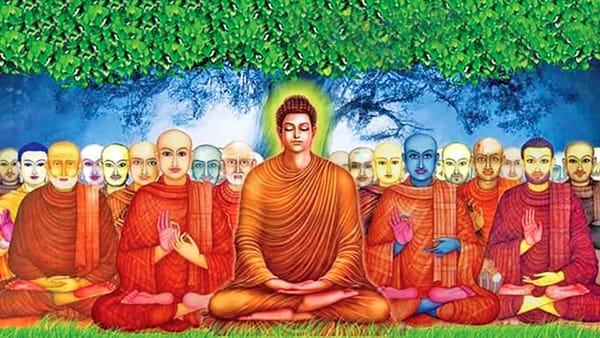Table of contents
UPSC has asked questions on this theme, which has caught chiefly aspirants off guard as they are almost always unheard of. It is essential to know about such terms and their meanings and some additional information to tackle such questions.
Below are some terms related to Buddhism and their explanation for a better understanding.
Sarvastivada
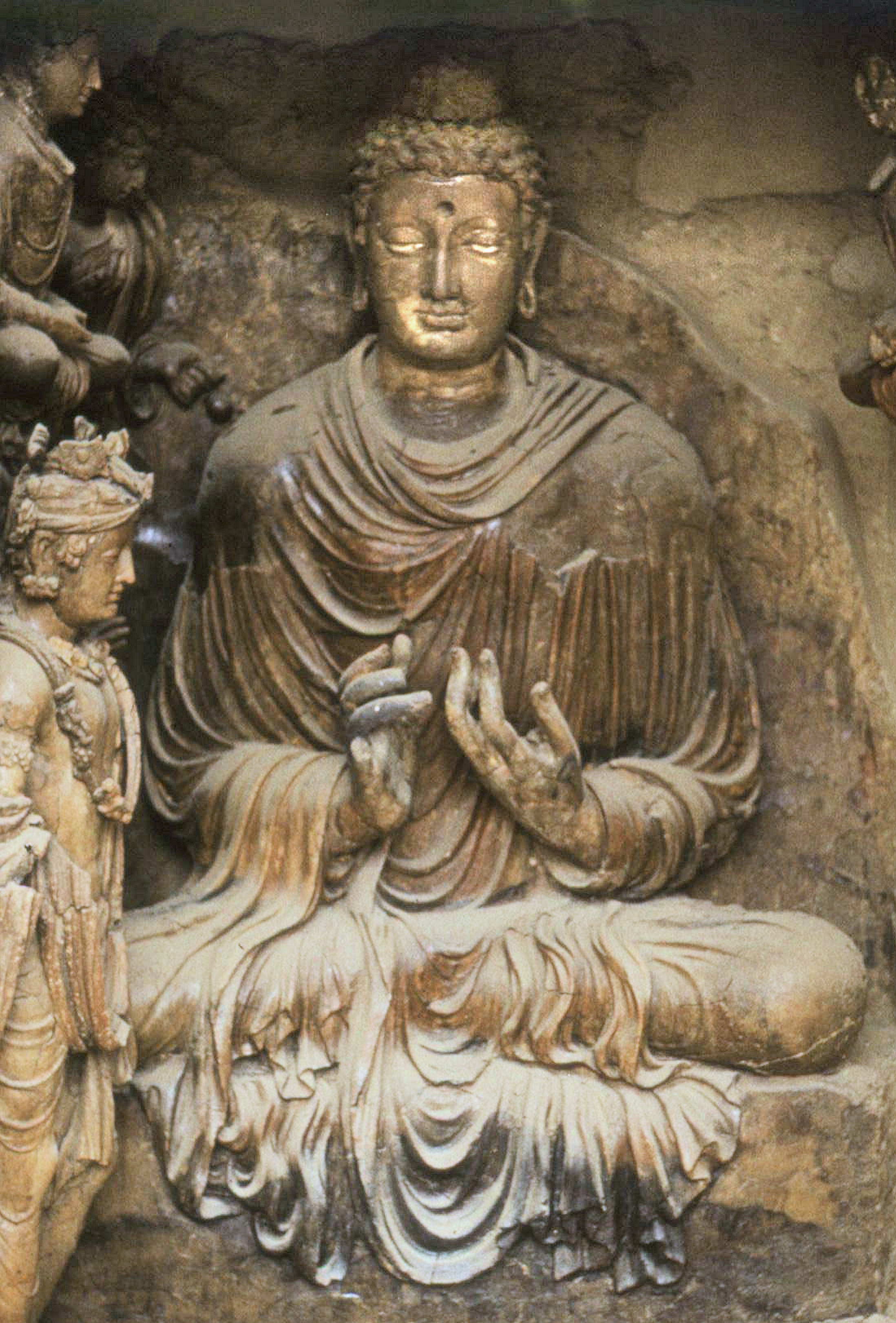
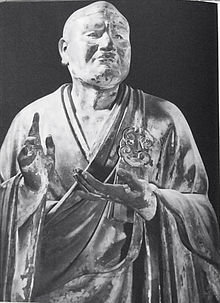

Sarvastivada - Buddhism & Related Terms
WHY IMPORTANT?
It is one of the earliest Buddhist schools to believe in the existence of all dharmas in the past, present and future.
- It was spread across northwestern India and Central Asia.
- A later form of Sarvastivada is Vaibhasika, which exposes Abhidhamma's philosophy.
- Classical texts of Vaibhasika school include Abhidharma-kosa (Vasubandhu) and Milinda panho (discussion between Nagasena and Meander I).
- There is an offshoot of Sarvastivada called Sautrantika, Pitaka, which is based on ‘Sukta pitaka’,
- It propped up against realism and pluralism of Vaibhasikas and principal teachers include Kumaralat, Yasomitra and Harivarman.
Kshitigarbha
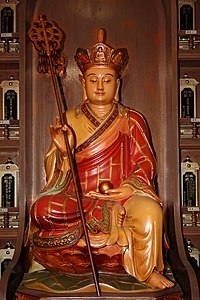

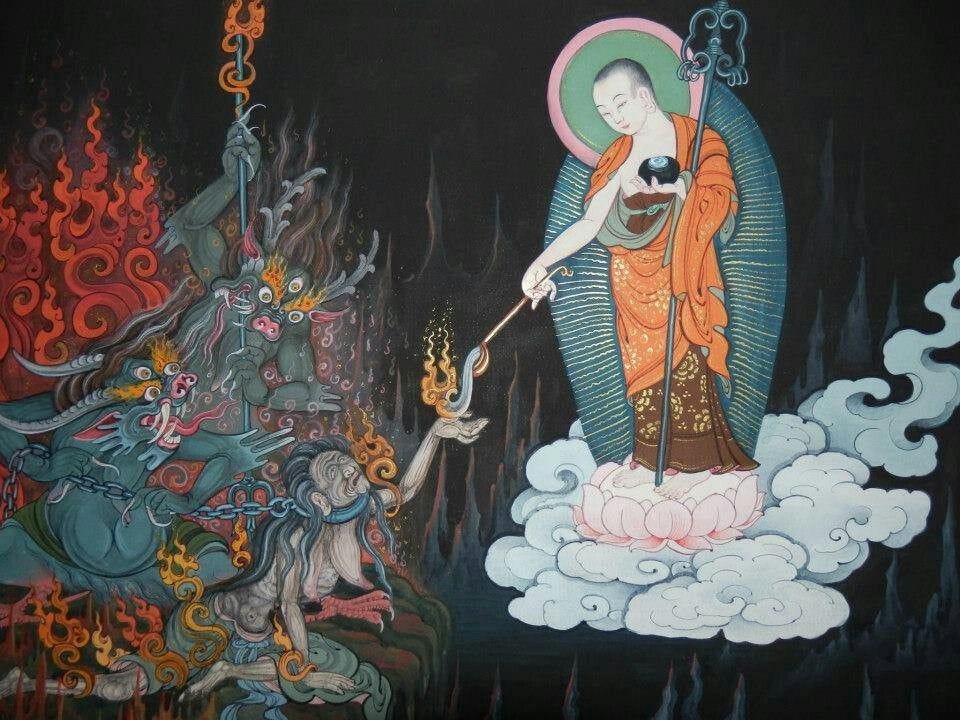
Kshitigarbha - Buddhism & Related Terms
WHY IMPORTANT?
Kshtigarbha is one of the eight great Bodhisattvas.
- Bodhisattvas are enlightened beings who postpone their own salvation in order to help all sentient beings.
- Kshtigarbha is learned to save the souls of all beings, between Buddha’s death and the age of the future Buddha known as Maitreya.
- Wearing simple monk’s clothes, Kshitigarbha holds a jewel called Cintamani in one hand to light up darkness and fulfill wishes, and has a staff in another hand to open the gates of hell.
Gassho

WHY IMPORTANT?
It is a gesture used in some schools of Buddhism, as well as in Hinduism.
- Buddhists frequently use their palms to make this motion.
- It is a Japanese word for “palms together” to greet or have a calm state of mind.
- Holding the hands in front of the face signifies non-duality, showing that the giver and receiver are not two.
- The term is rooted in India, conveying a sense of profound respect and honour.
Nekkhamma

WHY IMPORTANT?
Generally it means “renunciation” and specifically it means “the renunciation of pleasure”.
- It is a Pali term that means freedom from lust, craving, and desires, giving up the world, and leading a holy life.
- After generosity and moral discipline, it is third on the ten Theravada paramitas, or forces for transformation.
- Lifestyle commitment is important for lay practitioners, just like it is for monks and nuns, to cultivate this virtue.
We can't clear UPSC for you.
But with our personalised mentor support, you'll be ready to do it yourself.
Anapanasati
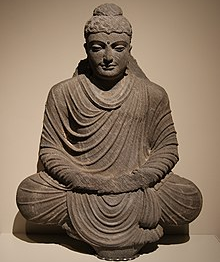

WHY IMPORTANT?
It is one of many suttas that explain this fundamental aspect of Buddhist meditation.
- Anapanasati involves mindfulness of breathing or paying attention to the breath.
- It is a way of cultivating the seven factors of awakening and acts as an alternative to dhyana.
- Counting to breath for this technique is attributed to Buddhaghisha’s commentary in Visuddhimagga and Vasubandhu’s Abhidharmakosa Karika.
Vibhajjavada
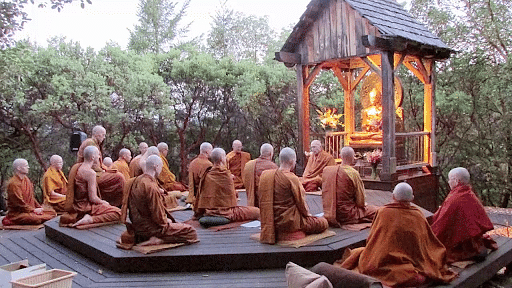
WHY IMPORTANT?
Its teachings form the basis of modern Theravada Buddhism.
It is an offshoot of the Sthaviravada school and played a major role in compiling the Pali Canon.
- It rejects the doctrine of Sarvastivada school, especially the tenet of Pudgalavada.
- Missionary activities were undertaken by them in Kashmir, Gandhara, Bactria and South India under King Ashoka.
- Their doctrines are written at length in Kathavathu.
Ratnasambhava

WHY IMPORTANT?
They concentrate on fostering equality and calmness, which is paramount in today's world.
- Its mandalas and mantras promote equality, and in Vajrayana Buddhist philosophy, they try to eradicate greed and arrogance.
- It is one of the five Dhyani Buddhas of Mahayana and Vajrayana.
- The mandala is yellow and in the southern direction. It shows Buddha’s right hand extended downward and his left hand holding a precious jewel.
- Ratnasambhava embodies Dharma, which helps change pride, miserliness, and avarice into equanimity.
Yogacara
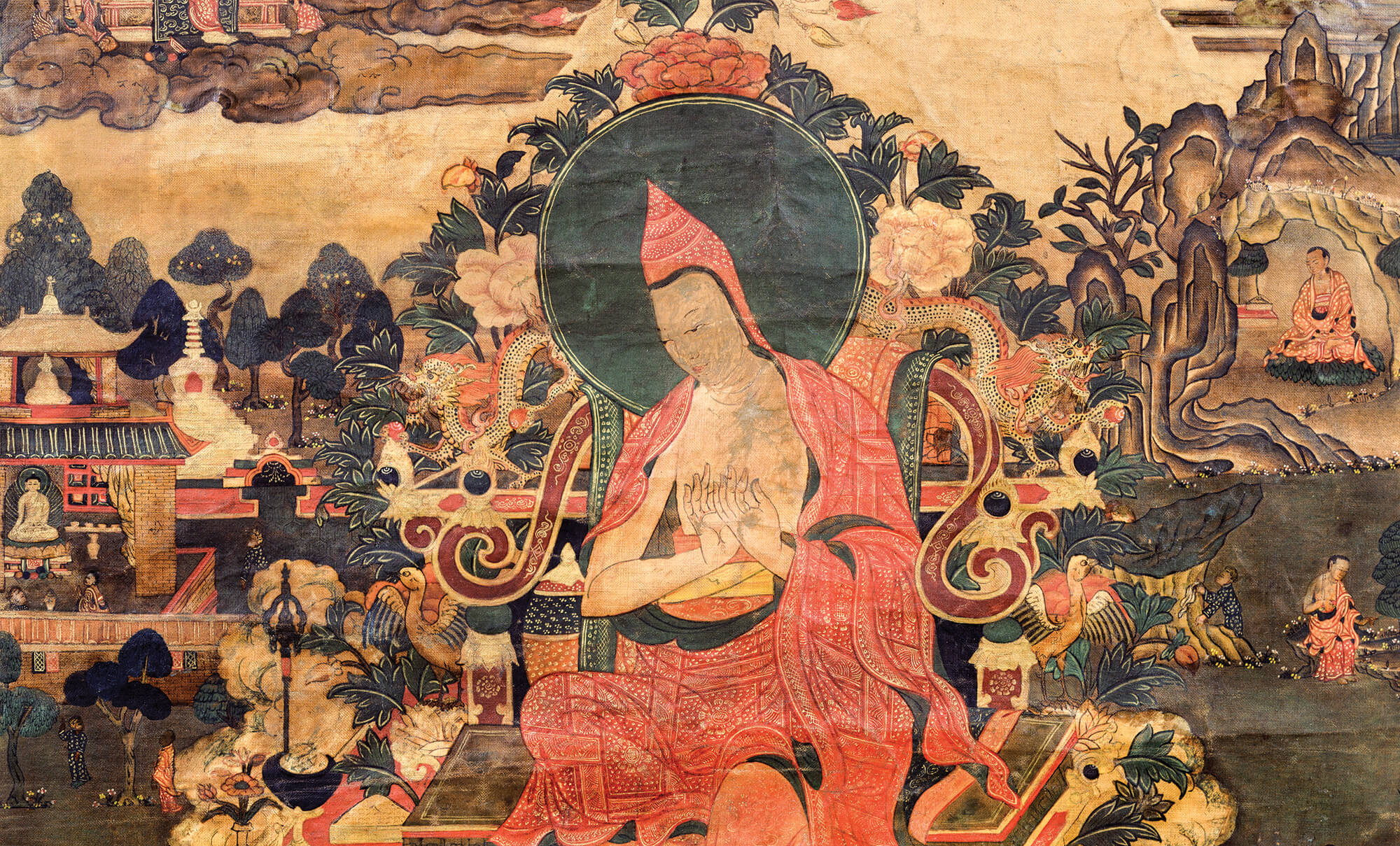
WHY IMPORTANT?
It is the only idealistic school in Buddhism and Indian philosophy in the strictest sense.
- It is also known as Vijnanavada.
- The focus is not only on idealism but also absolutism.
- Workings of the mind and the nature of consciousness are promoted.
- Basically a metaphysical system, it comes up against the extreme nihilism of Madhyamika.
Vairocana
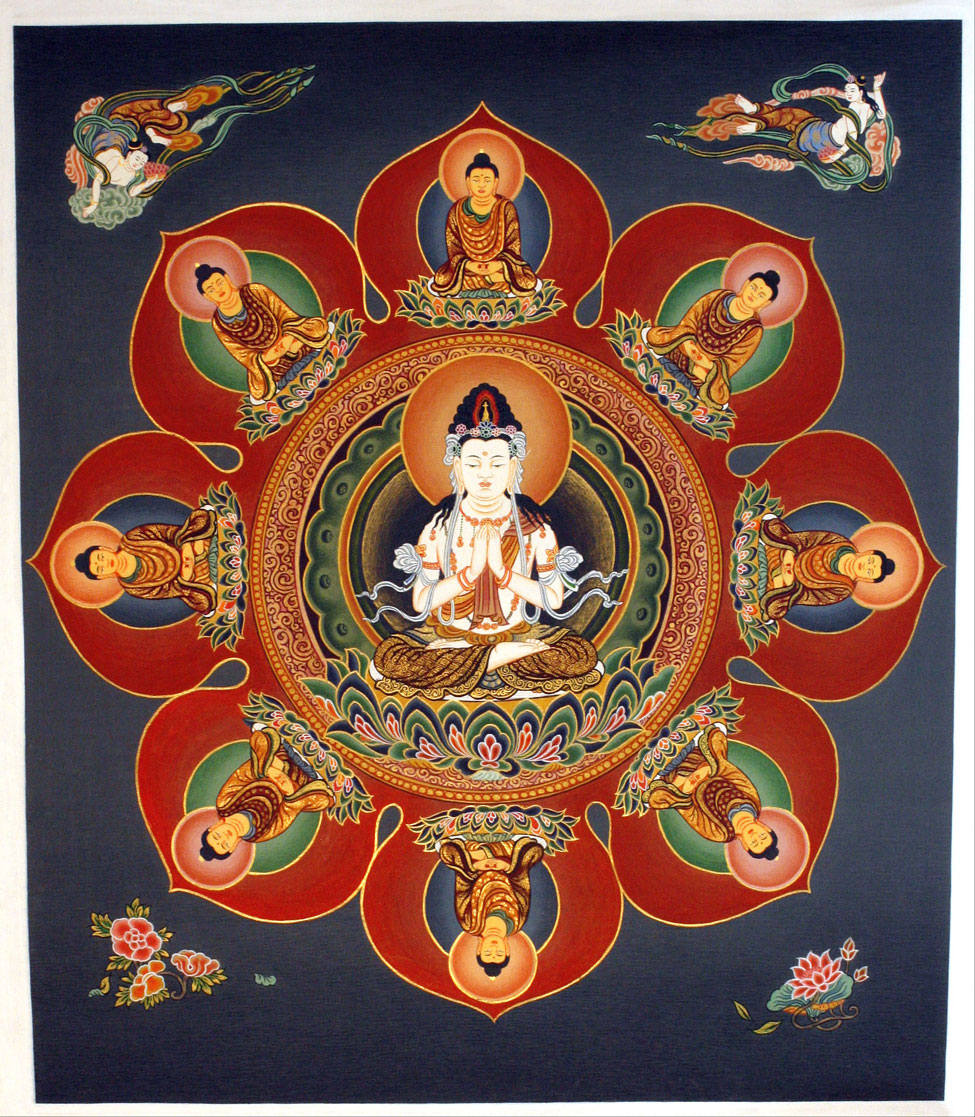
WHY IMPORTANT?
A cosmic Buddha playing the role of Dharmakaya of Gautam Buddha.
- Vairocana is the guardian of the centre famous for dharma chakra mudra or "Turning of the Wheel of Law".
- He is also seen as the embodiment of the Buddhist concept of Sunyata.
- Vairocana is a primordial Buddha in the conception of the Five Tathagatas of Mahayana and Vajrayana Buddhism.
